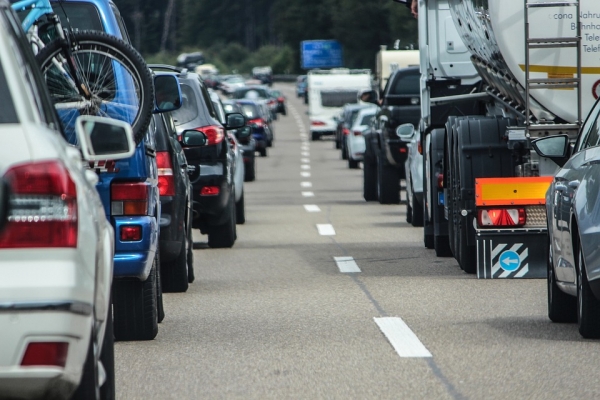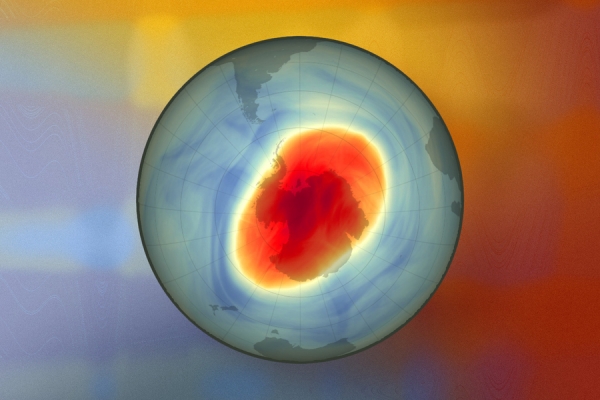

Wildfires are fires that are usually started in forests. These fires are caused as a result of droughts and dry weather as these create fuel that is necessary for wildfires to survive. A wildfire can pump toxic smoke into the stratosphere where the particles drift there for over a year. Another MIT investigation has discovered that while suspended there, these particles can set off compound responses that disintegrate the defensive ozone layer safeguarding the Earth from the sun’s harming bright Ultraviolet (UV) radiation.
An out-of-control fire can siphon smoke up into the stratosphere, where the particles float for north of a year. Another MIT investigation has discovered that while suspended there, these particles can set off compound responses that disintegrate the defensive ozone layer protecting the Earth from the sun’s harmful bright radiation.
The review, which shows today in Nature, centers around the smoke from the “Dark Summer” mega-fire in eastern Australia, consumed from December 2019 into January 2020. The flames — the nation’s most obliterating on record — seared many sections of land and siphoned more than 1 million tons of smoke into the air.
The MIT group distinguished another compound response by which smoke particles from the Australian out-of-control fires aggravated ozone. By setting off this response, the flames probably added to a 3-5 percent consumption of all-out ozone at mid-scopes in the Southern Half of the globe, in districts overlying Australia, New Zealand, and portions of Africa and South America.
The scientists’ model additionally demonstrates the flames had an impact in the polar districts, consuming the edges of the ozone opening over Antarctica. By late 2020, smoke particles from the Australian fierce blazes broadened the Antarctic ozone opening by 2.5 million square kilometers — 10% of its area contrasted with the earlier year.
We need to stop global warming! Ozone is extremely important in protecting life on earth from the UV radiation emitted from sunlight from the sun. It could completely deplete if we don’t act now!
Author: Sri Nihal Tammana
Source: Massachusetts Institute of Technology
PC: NASA Earth Observatory image by Joshua Stevens. Edited by MIT News.


© copyright 2022 by Recycle My Battery